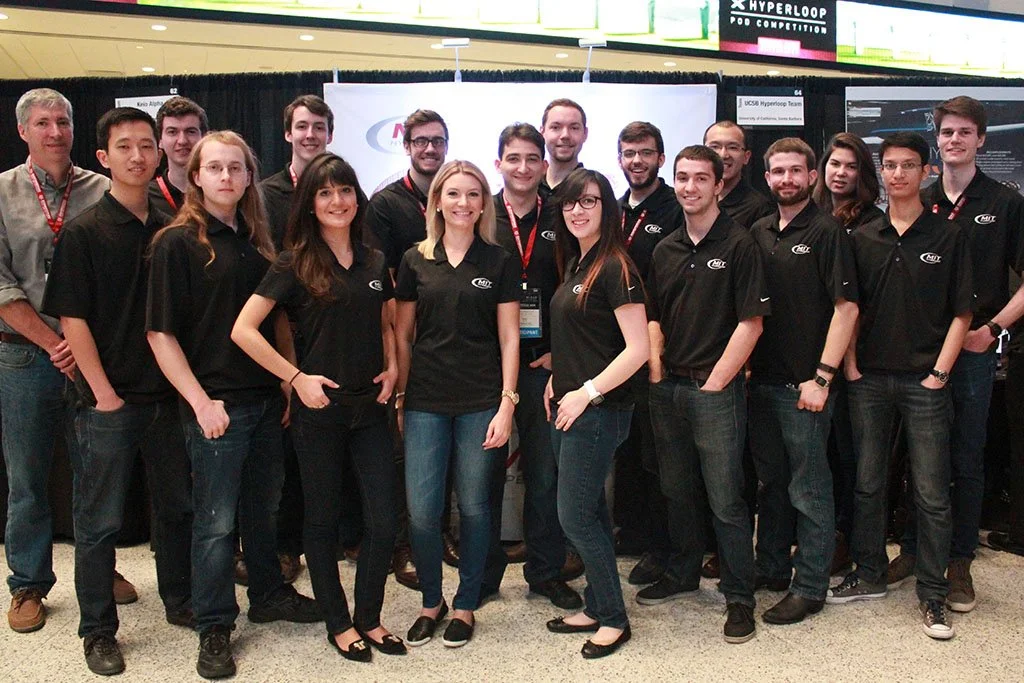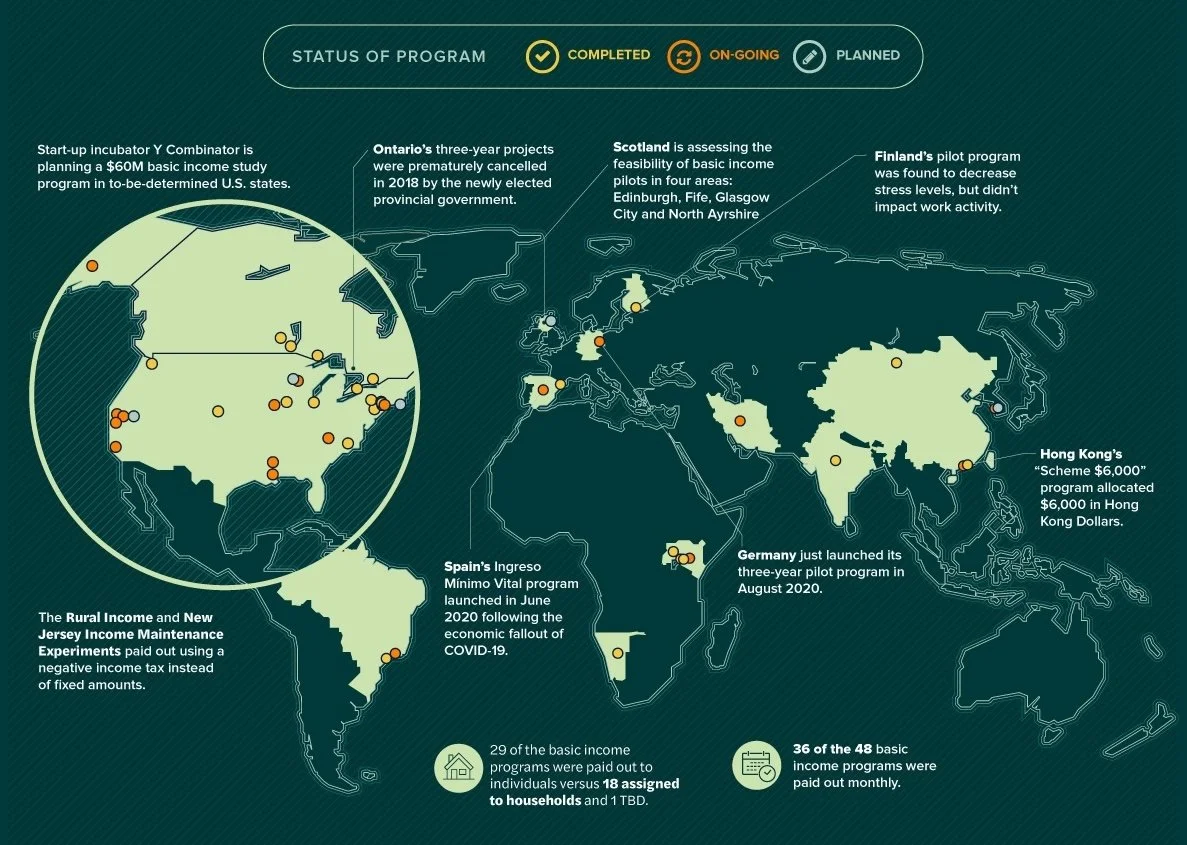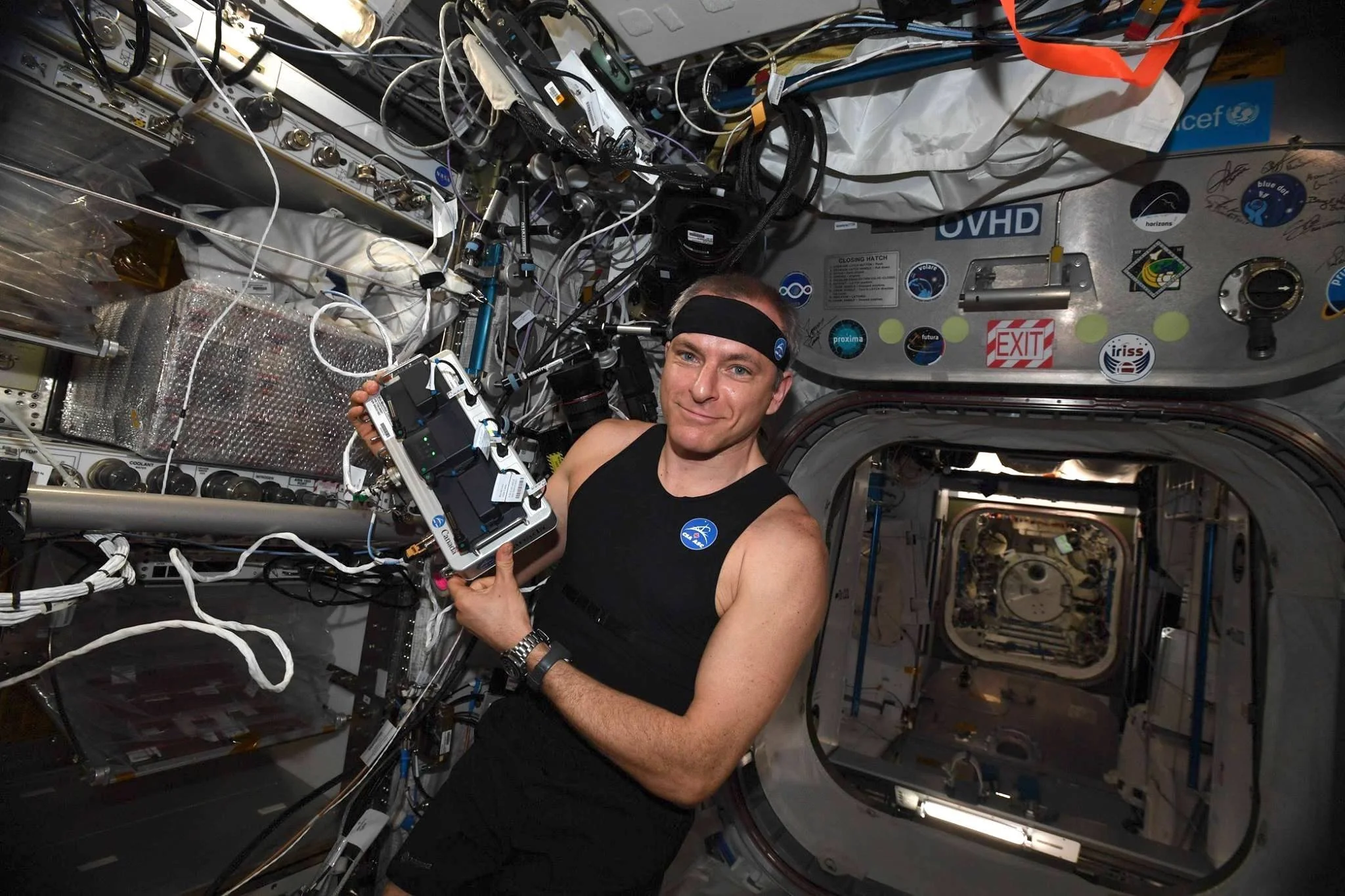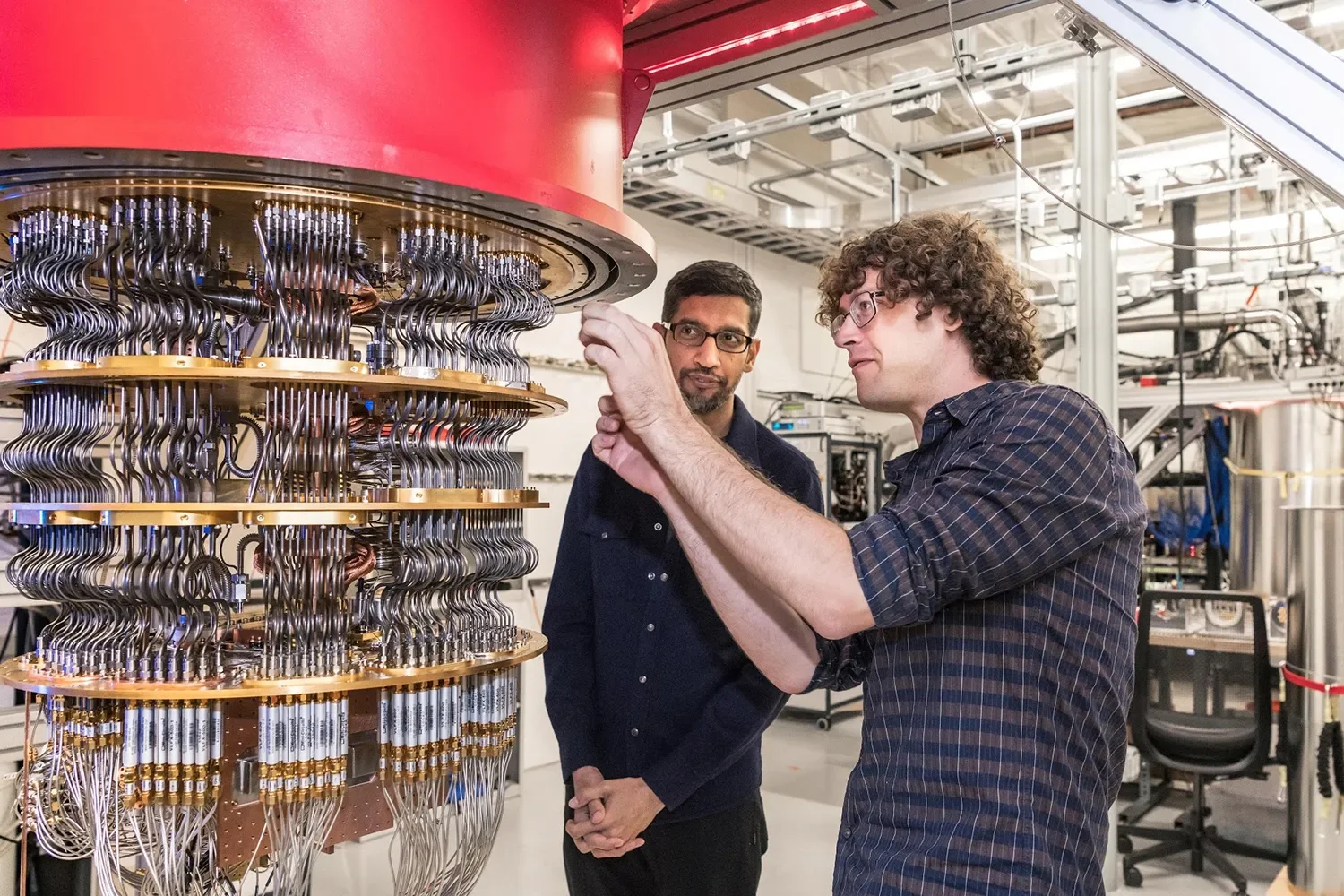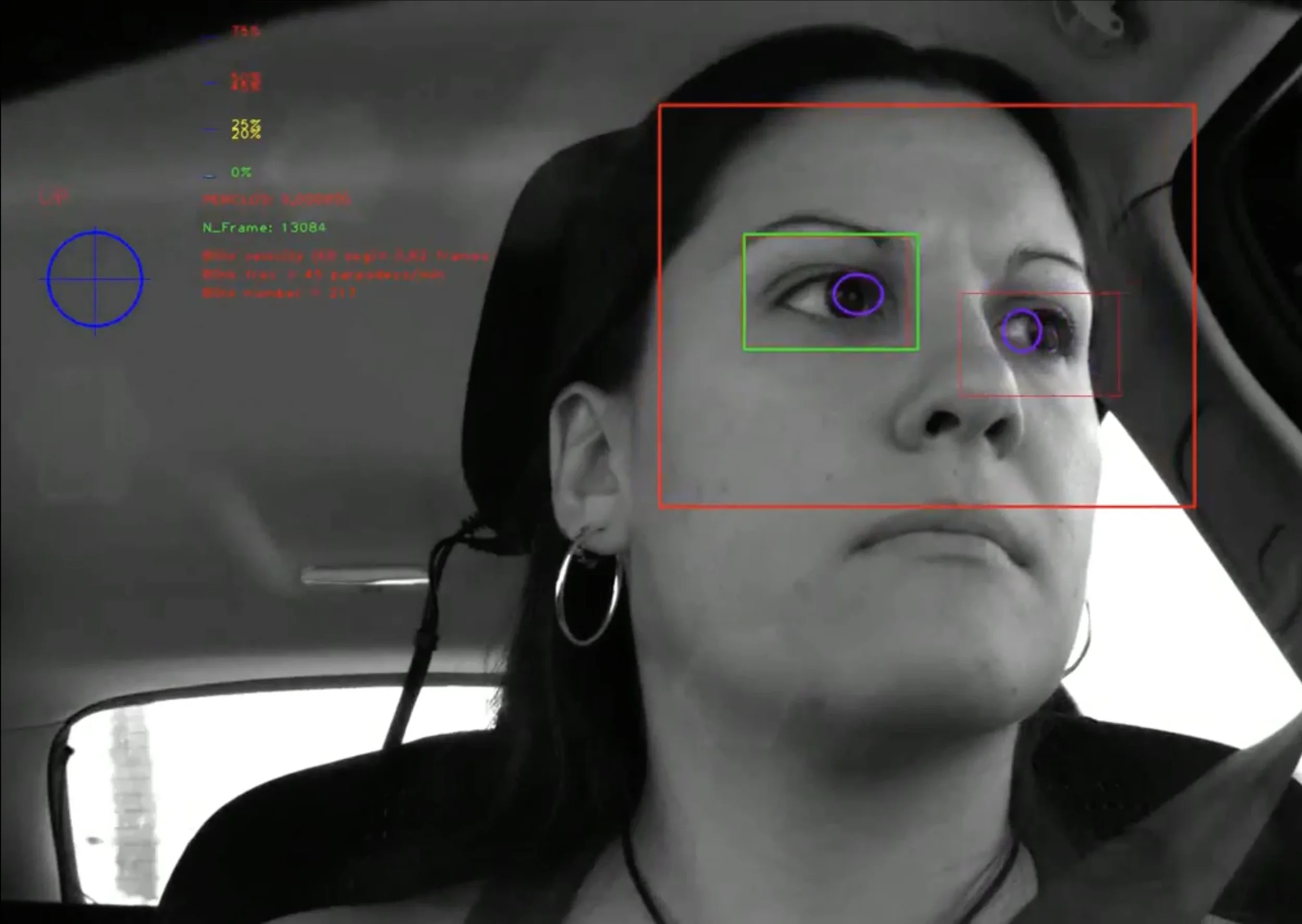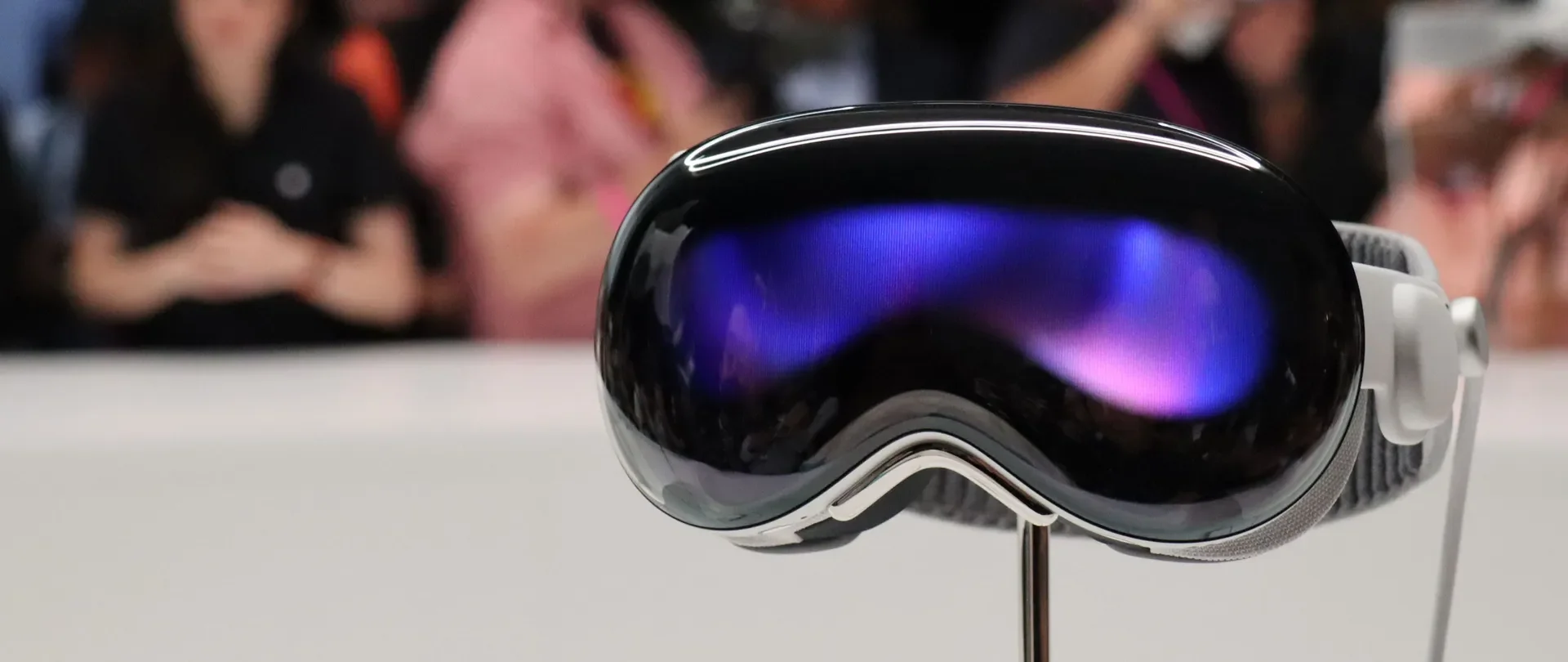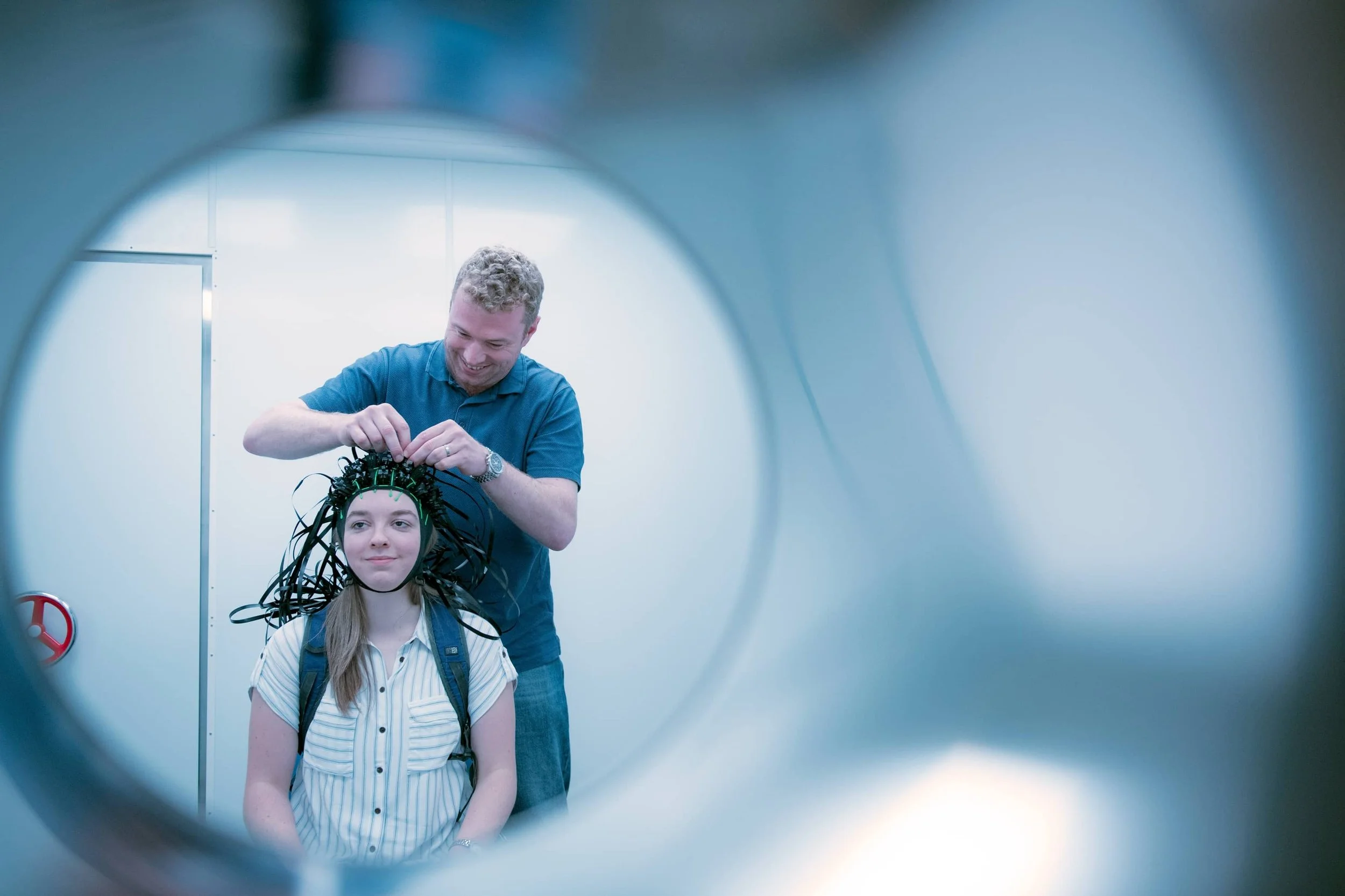Financing the bridge, pacing safety, and scaling before the market runs out of patience.
Space services quietly raise productivity across the globe.
Pairing internal rivalries with procurement to improve price, resilience and pace.
Competition as a catalyst for innovation and a bridge to space life.
A commercial look at how space-tech, policy, and capital are creating new markets.
Abundant space energy and better data can blunt the shocks that drive prices.
Use commons revenues to seed a universal citizen payout.
Space work uses new skills—but also today’s trades—to create broad-based jobs fast.
A sober path from monitoring to limited modulation.
ESA’s charter, the FCC’s 5-year disposal rule and UK insurance reforms are turning sustainability into contracts.
From MEV in GEO to Astroscale’s ELSA-M in LEO, servicing is becoming a product line.
Defence-grade demos are the pragmatic on-ramp to commercial SBSP—and they point to how to sell it.
From equatorial anchor to geostationary hub.
What it would take and why it’s worth it.
The path to building a real logistics spine for Earth orbit.
Why artificial gravity and shielding—not “zero-g”—belong in private station designs.
Power, mobility, construction and medical systems that already exist.
What physics, radiation, dust and power say about safety.
How a lunar “guardrail” could backstop Earth against city-killers.
A GEO port plus a lunar elevator is plausible—a single Earth-to-Moon tether is not.
How in-situ resources become landing pads, power, habitats, and industry.
Treat the Moon as a commons: a neutral governance blueprint inspired by maritime and Antarctic law.
Carving the Moon into “economic zones” undermines efficiency, investment, and collaboration.
Building a cloud that reaches the Moon—and when the public will feel the difference.
Part 1/2: From fraud engines to agentic commerce.
Part 2/2: Deploying AGI responsibly at scale.
Part 1/2: From narrow models to general colleagues.
Turning sparse med teams into a proactive service with Astroskin-class data and ISS-tested playbooks.
Distance operations reduce radiation and expand access—if you package them as a service.
Fluorescence vision, AI guidance and early autonomy are turning consistency into the real clinical edge.
Shopper-visible automation succeeds when aesthetics and safety optics are first-class.
ISS protocols show how non-experts can capture decision-grade data—with AI next in line.
From FIPS 203/204/205 to hybrid TLS—Inevitabilities for exchanges, custodians and data vendors.
Why PQC migration is urgent for long-lived financial data—today, not when big quantum arrives.
Why BIS pilots matter for systemic risk—and what they teach about migration costs.
What hybrid quantum–classical ML has actually shown—and how to productise it.
Apple’s PQ3 and Signal’s PQXDH preview how post-quantum security lands in mass-market devices.
Quantum-enabled bio-sensing is getting practical; AI will make the data useful.
Parsing J.P. Morgan’s option-pricing work and HSBC–Quantinuum pilots to spot revenue-adjacent wins.
What timelines look like—and what to build while you wait.
A compelling vision—undercut by physics, financing and operating reality.
What uploads would do for care, work, and society.
How “Mind-Payload” Missions Would Actually Run.
Part 2/2: From Brain Maps to Digital Selves.
Part 1/2: The Engineering Case For Brain-Scale Maps.
From cost curves to capability shifts, a buyer’s guide you can act on.
What flies first and who pays.
What’s certified, what’s pending, and where flights start first.


